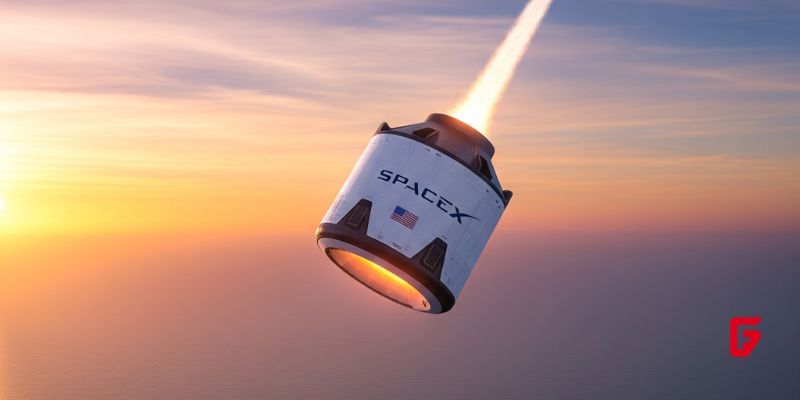
After 18 groundbreaking days aboard the International Space Station (ISS), the Axiom Mission 4 (Ax-4) crew is safely on their way back to Earth, closing a truly historic chapter for commercial and international space collaboration.
The crew—Peggy Whitson (USA), Shubhanshu “Shux” Shukla (India), Sławosz Uznański-Wiśniewski (Poland), and Tibor Kapu (Hungary)—departed the ISS in the SpaceX Crew Dragon capsule “Grace”, which splashed down off the coast of California in the early hours of July 15. Their safe return concludes a mission that lasted slightly longer than planned, offering even more opportunity for meaningful research, outreach, and international partnership.
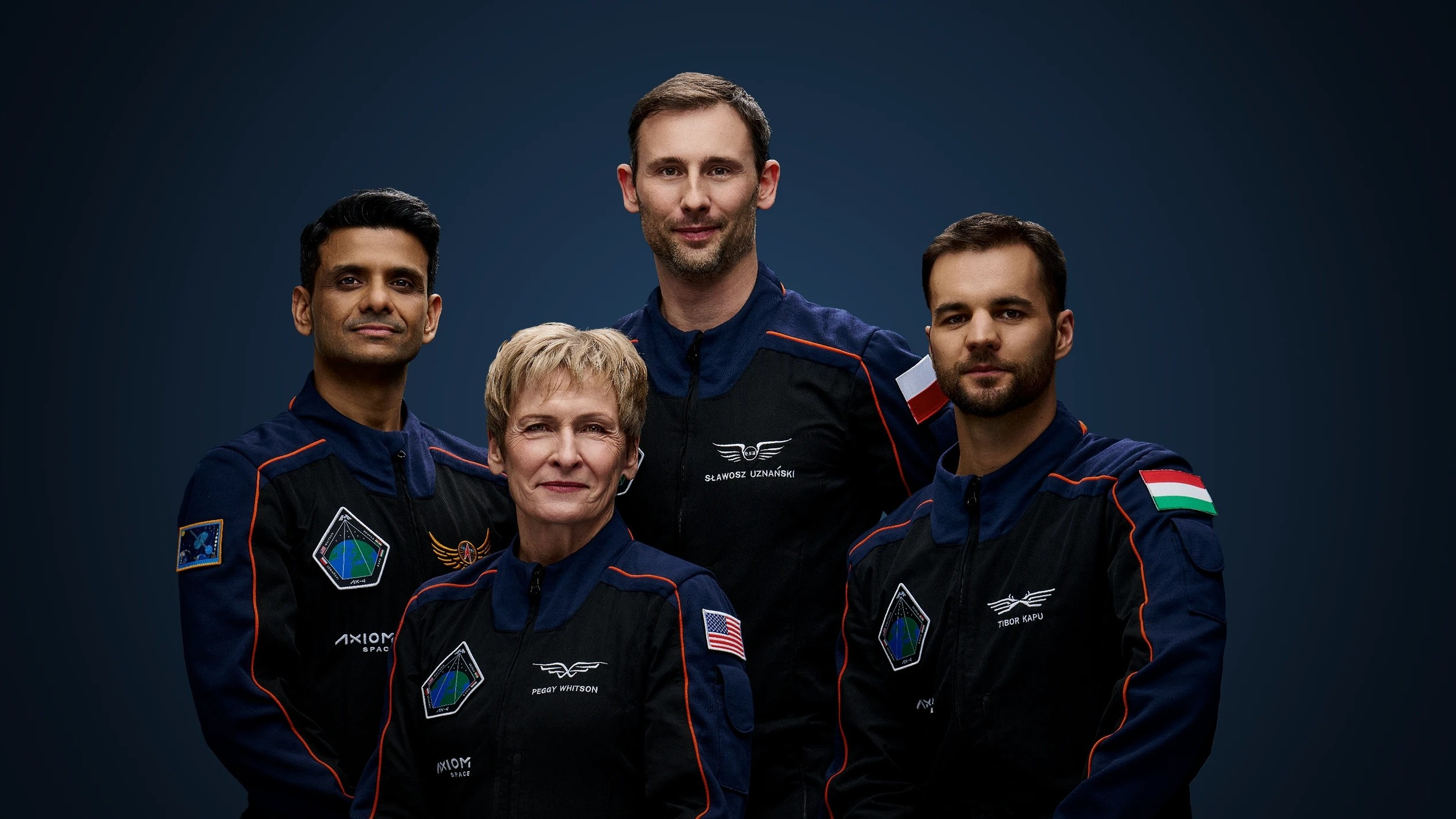
For India, Poland, and Hungary, Ax-4 marks a first-ever crewed mission to the ISS, and the first government-sponsored spaceflight in over four decades for each country. This milestone extends beyond individual achievement—it signifies an era where access to low-Earth orbit is expanding and becoming increasingly global.
The Ax-4 crew spent their time conducting cutting-edge microgravity research and more than 60 experiments, ranging from technology demonstrations to joint science investigations with NASA and the Indian Space Research Organisation (ISRO). The mission also featured public outreach, STEM demonstrations, and commercial activities—reflecting the multipurpose benefits of such international ventures.
Mission commander Peggy Whitson, already celebrated as a record-holding American astronaut, further extended her tally to 695 cumulative days in space—the most by any American to date. Her leadership was crucial in guiding the multinational team and conducting both scientific operations and high-stakes spaceflight navigation.
Ax-4 is only the second time a SpaceX crew has been recovered on the West Coast, underscoring the evolving strategies to enhance safety and mission flexibility. SpaceX permanently shifted Pacific splashdowns to mitigate risk from surviving debris during reentry—a direct response to lessons learned from previous Atlantic and Gulf recoveries.
As Dragon ‘Grace’ returns to Earth, preparations are already underway for the next incoming crew—the SpaceX Crew-11 mission, slated for launch later this month. This brisk cadence demonstrates the high pace of activity and opportunity aboard the ISS, welcoming new partners and continuing a robust cycle of scientific discovery and international partnership.
The successful completion of the Ax-4 mission not only cements its place in aerospace history for multiple countries but also paves the way for increasingly diverse, collaborative, and innovative endeavors in low-Earth orbit and beyond. The return of “Grace” and its crew serves as a reminder of what’s possible when expertise, ambition, and global cooperation converge above our planet.

Editorial Team
futureTEKnow is a leading source for Technology, Startups, and Business News, spotlighting the most innovative companies and breakthrough trends in emerging tech sectors like Artificial Intelligence (AI), Robotics, and the Space Industry.
Discover the companies and startups shaping tomorrow — explore the future of technology today.
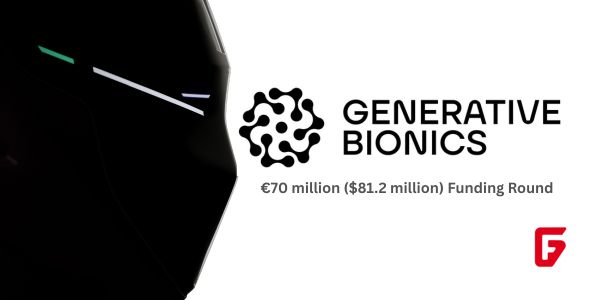
Generative Bionics, an Italian spin-out from IIT, is building Physical AI–powered humanoid robots to tackle labor gaps and modernize industrial

This article explores 10 AI-driven supply chain optimization companies to watch in 2026, highlighting how their platforms improve forecasting, logistics,

AWS frontier agents introduce a new era of autonomous AI coders that can build, secure, and run applications for days

Explore the cutting-edge ways AI is enhancing Lean Six Sigma, from real-time process insights to predictive controls, ushering in a

Facing supply chain challenges in 2025? High-performing teams leverage AI for risk management, demand forecasting, supplier analytics, and end-to-end visibility

Craft an AI-powered supply chain Center of Excellence that unifies control tower visibility, analytics, and inventory optimization into one strategic
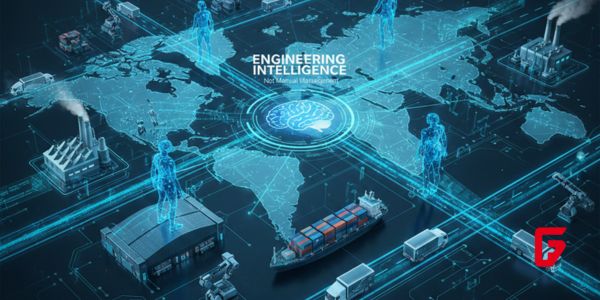
Supply chain leadership is being redefined by AI, intelligent automation, and agentic decision-making, demanding leaders who can engineer end-to-end intelligence
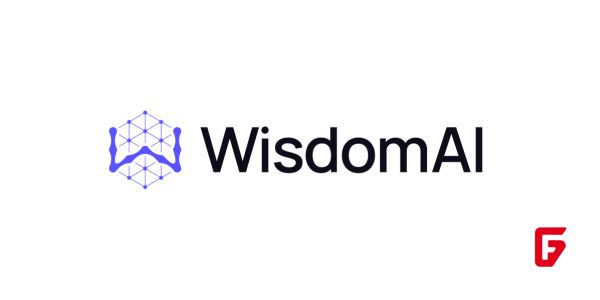
WisdomAI has closed a $50M Series A led by Kleiner Perkins and Nvidia’s NVentures to turn fragmented enterprise data into

Dutch agri-tech startup Saia Agrobotics has raised €10M to expand its greenhouse automation system using AI-powered robots that make farming

Bridgit Mendler’s Northwood Space is pioneering mass-produced ground stations, enabling scalable, high-speed connectivity for the new era of satellite networks
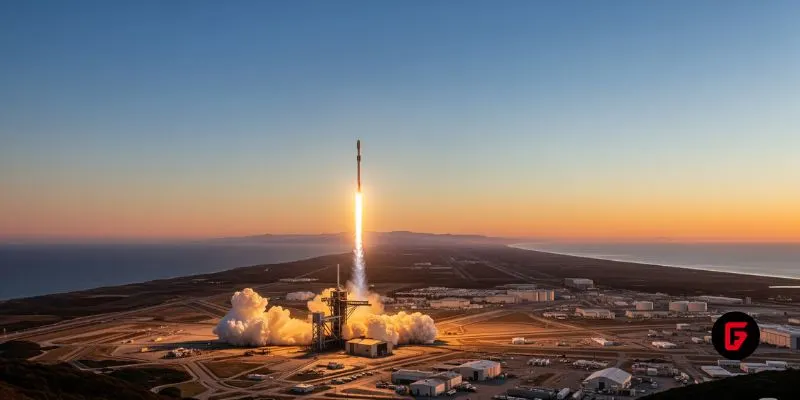
SpaceX aims to nearly double launches from Vandenberg in 2025, facing support from federal agencies but strong objections from the

Traditional Medicare will pilot AI-assisted prior authorization in 2026 across six states, focusing on high-risk outpatient services. Clinicians retain final